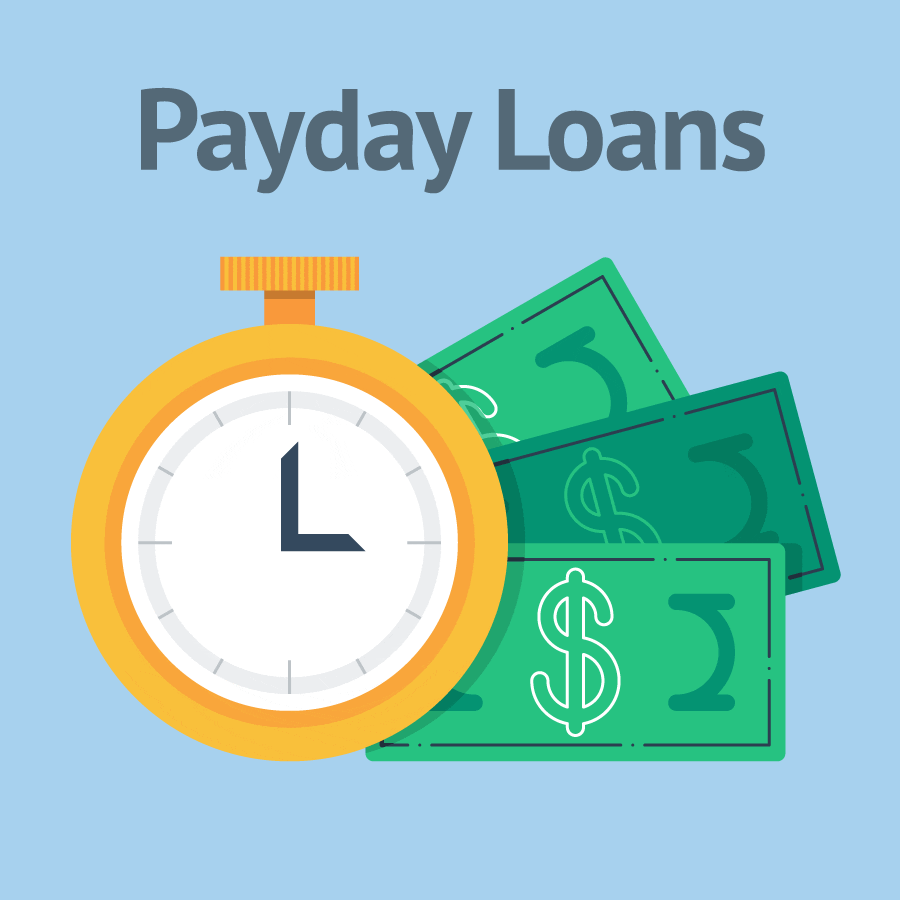
Interest rates, often perceived as mere percentages, are pivotal in the world of finance. They represent the cost of borrowing money, essentially the price you pay to a lender for using their funds. But how are these rates determined? Primarily, interest rates are influenced by the central bank’s monetary policy, which in turn, is responsive to the broader economic climate. When the economy is booming, interest rates tend to rise to control inflation. Conversely, in a downturn, rates often drop to encourage borrowing and stimulate economic growth.
For borrowers, the most familiar type of interest rate is the Annual Percentage Rate (APR). The APR not only includes the interest cost but also encompasses other fees and charges associated with the loan. It’s a more comprehensive measure of the loan’s cost, providing a realistic picture of the financial commitment involved.
Interest Rates and Personal Finance
When it comes to personal loans, the interest rate is a critical factor in determining your monthly payments and the total amount repaid over the life of the loan. A lower interest rate means lower monthly payments and less money paid out over time. However, securing a favorable interest rate is not just a matter of luck; it depends on several personal factors, including your credit score, income, debt-to-income ratio, and sometimes even the purpose of the loan.
A higher credit score generally translates into lower interest rates, as it signals to lenders that you’re a low-risk borrower. It’s crucial to understand that even a slight difference in the interest rate can have a substantial impact on your finances. For instance, on a $10,000 loan with a five-year term, a 1% difference in the interest rate can mean hundreds of dollars in additional or saved costs.
Navigating Variable and Fixed Interest Rates
Personal loans can come with either fixed or variable interest rates. Fixed rates remain constant throughout the loan term, providing predictability in your financial planning. Variable rates, on the other hand, fluctuate with the market, meaning your payments could change over time. Each type has its advantages and considerations. Fixed rates offer stability, especially attractive in a low-interest-rate environment. Variable rates might start lower than fixed rates but pose a risk if interest rates rise significantly.
Understanding interest rates is essential for making informed decisions about personal loans. As we delve deeper into the various facets of personal loans in the following sections, keep these fundamental concepts in mind. Whether you’re considering a fixed or variable rate, a comprehensive understanding of how interest rates work will empower you to choose the loan that best fits your financial needs and goals.
Economy and Monetary Policy: The Big Picture
The interest rates on personal loans are not determined in a vacuum. They are significantly influenced by broader economic factors and monetary policy decisions. Central banks play a crucial role in this regard. For instance, when a central bank raises its key interest rates, borrowing costs generally increase across the board, including for personal loans. This action is often taken to curb inflation and cool down an overheated economy. Conversely, in times of economic recession or slowdown, central banks might lower interest rates to stimulate borrowing and investment, thereby invigorating the economy.
Credit Score: Your Financial Report Card
One of the most significant personal factors affecting your loan’s interest rate is your credit score. This three-digit number is essentially a summary of your credit history and financial behavior. It includes your record of paying bills on time, your debt levels, and even the types of credit you use. Lenders use this score to assess your creditworthiness. A high credit score indicates a history of responsible credit management and typically results in lower interest rates. On the other hand, a lower score may lead to higher interest rates, as lenders view you as a higher-risk borrower.
Income and Debt-to-Income Ratio: Assessing Your Financial Health
Lenders don’t just stop at your credit score; they also consider your income and debt-to-income (DTI) ratio. Your DTI ratio is a comparison of your monthly debt payments to your monthly income. A lower ratio suggests that you have a good balance between debt and income, making you a more appealing candidate for lower interest rates. High income with a low DTI ratio reassures lenders of your ability to repay the loan without financial strain.
Loan Term and Amount: The Balancing Act
The length of your loan term and the amount you borrow also influence the interest rate. Generally, longer loan terms come with higher interest rates, as they represent a longer period of risk for the lender. Similarly, the amount borrowed can affect the rate. Larger loans might have lower interest rates compared to smaller loans, but they also mean more interest paid over time due to the larger principal balance.
Secured vs. Unsecured Loans: The Risk Factor
Finally, the nature of the loan—secured or unsecured—plays a role in determining the interest rate. Secured loans, backed by collateral like a home or a car, typically have lower interest rates due to the reduced risk for the lender. Unsecured loans, which are not backed by collateral, usually come with higher interest rates.
Understanding these factors can help you navigate and potentially negotiate better terms on your personal loan. Whether it’s by improving your credit score, adjusting your loan amount, or choosing the right type of loan, being informed puts you in a stronger position to manage your borrowing costs effectively.
